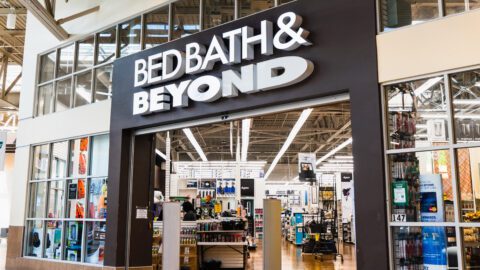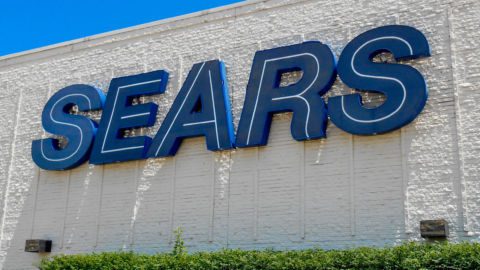A federal bankruptcy court judge has approved Eddie Lampert’s $5.2 billion bid to buy Sears, a deal that is expected to preserve approximately 425 stores and 45,000 jobs. Judge Robert Drain heard concerns throughout the three-day hearing from the retailer’s unsecured creditors, but determined that Sears has a credible plan to keep the stores open.
Lampert placed the winning bid for the bankrupt retailer through his hedge fund, ESL Investments — perhaps the only entity both capable and willing to prevent total liquidation. After his initial $4.4 billion bid against liquidators was rejected, Lampert upped the “rescue” deal to $5 billion and then $5.2 billion, which included meeting more payment obligations to vendors and additional severance costs.
While the bid keeps the stores open for now, the downward spiral that both Sears and Kmart experienced in the years prior to bankruptcy hasn’t inspired confidence that a true turnaround is possible. Overall, Sears Holdings hasn’t turned a profit since 2010, and the company has provided very little reason to think a revived Sears will be any more successful than before.
“There is no plausible scenario where Sears does not keep shrinking into oblivion,” wrote Steven Dennis, Founder of SageBerry Consulting in an article in Forbes. “There are few assets left to fund operating losses. They will struggle to get creditors to ship them product. Their management team is in tatters. They have no clear target customer groups or compelling value proposition. They have little cash to invest in the areas that desperately need improvement — most notably their remaining stores. And competition only continues to grow stronger and have greater scale to apply against any resurgence.”
Creditors Seek Their Day In Court
Unsecured creditors have sought permission to sue Lampert for deals made under his tenure as Sears Chairman and CEO, filing an objection to the $5.2 billion bid in January. The creditors believe that Lampert benefited from deals that include Sears’ spinoff of Lands’ End in 2014 and transactions with Seritage Growth Properties, a real estate investment trust Lampert created through 235 Sears’ properties a year later. As of Feb. 1, at least 13 parties had filed limited objections to ESL’s bid to buy Sears, with disputed amounts totaling at least $17.7 million.
In cases where ESL Investments buys an asset from Sears, such as Lampert’s proposal last year to buy the Kenmore brand for $400 million, Lampert would still own the property and make money on it — despite the retailer’s ongoing financial difficulties.
“ESL’s bid to ‘save the company’ is nothing but the final fulfillment of a years-long scheme to deprive Sears and its creditors of assets and its employees of jobs while lining Lampert’s and ESL’s own pockets,” the creditors group wrote in a note upon filing the objection.
The unsecured creditors include: mall owner Simon Property Group, which could arguably benefit from Sears’ liquidation by replacing Sears stores with more profitable tenants; vendors; and the Pension Benefit Guaranty Corp. (PBCG), the federal government oversight organization that guarantees Sears employees’ pensions.
Earlier this month, the pension agency sued Sears, alleging that its pension plans were underfunded by roughly $1.7 billion. But the agency and Sears resolved the claim on Feb. 7, entering a settlement that saw PBCG withdraw from the objection.












